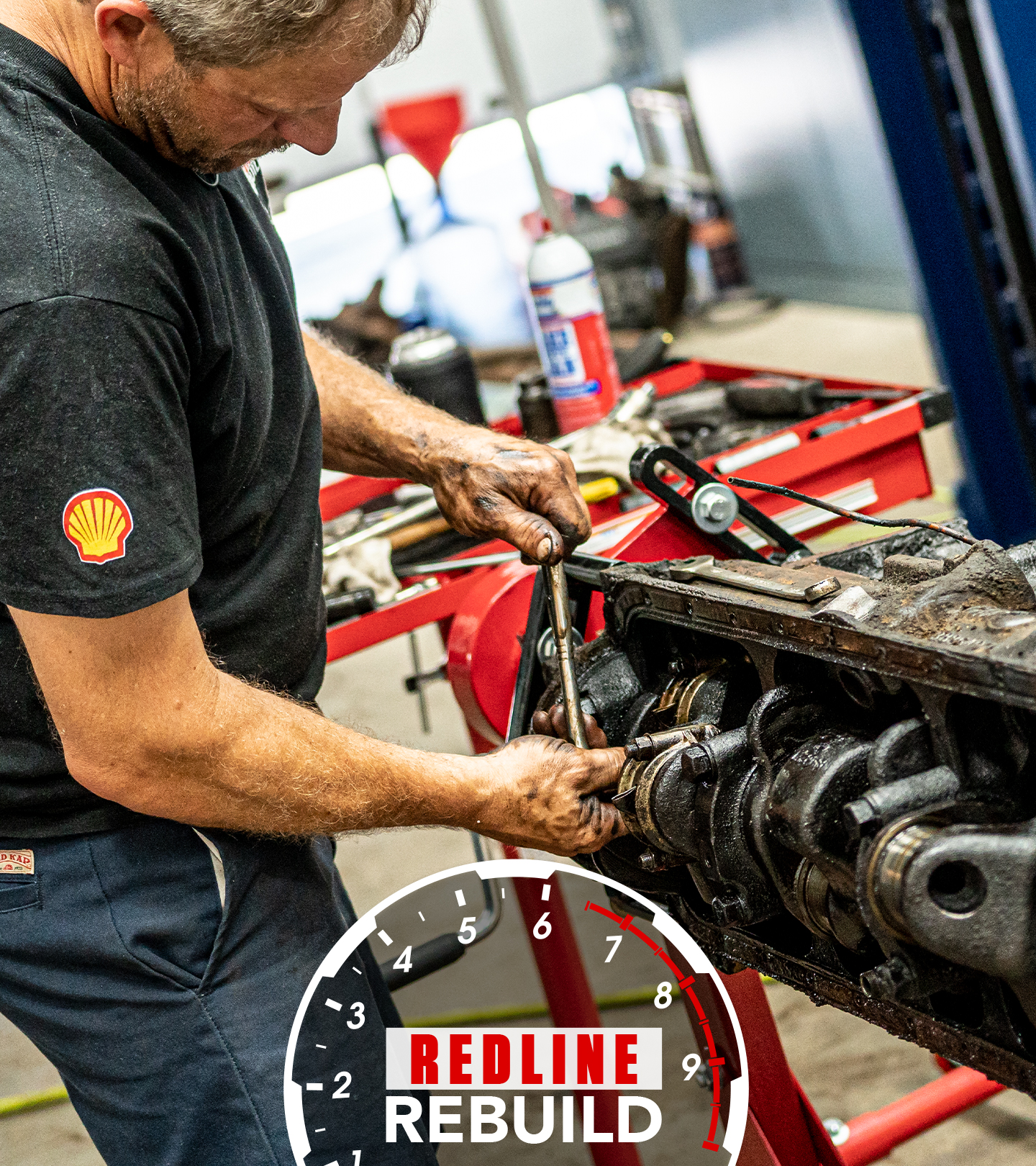DIY: How to check and change engine oil - Hagerty Media
In this episode of Hagerty DIY, Randy walks us through the process of checking and changing engine oil in Hagerty’s 1965 Ford Mustang.
Maintaining the proper oil level and condition is critical to ensuring long engine life. Oil that has been contaminated with other fluids or materials can cause premature wear and failure of engine components, leading to costly rebuilds.
Start by checking the condition and level of the oil. Use the dipstick to draw a small amount of oil from the engine and wipe on a clean white cloth or towel. This will allow an initial visual inspection, observing the color and condition of the oil. If the oil appears very dark or milky-white, there could be gasoline or coolant contaminating the oil, and further inspection of the engine should be carried out. The odor of gasoline is another obvious sign. Replace the dipstick when the initial check is complete.
The next step is to drain the oil from the oil pan. Randy recommends idling the engine for 3–4 minutes to allow the oil to pick up and flush out contaminants and also warm the oil to allow it to drain easier. With the engine slightly warm, the vehicle can be lifted, driven onto ramps, or placed on jackstands to allow access to the drain plug for the oil pan.
Place a container under the vehicle to hold the oil after it drains. Loosen the oil drain plug with the appropriately-sized wrench, removing it carefully while observing the oil as it flows to the catch container. Watch for any shimmer or debris while the oil drains. Shimmer in the draining oil could signal the presence of metal shavings and would indicate further inspection of the engine should be done.
Once the oil has been drained completely, replace the drain plug. Be careful to not overtighten and damage the threads.
Now the oil filter can be removed. Depending on the type of filter, a special wrench might be required. Clean the gasket surface on the engine block and lightly oil the gasket on the new filter before installing on the engine.
You are now ready to refill the engine oil. Locate the engine oil fill and remove the cap. Consult the owner’s manual for your vehicle to ensure the correct amount of oil is added. Overfilling an engine can cause significant damage, just as a low oil level can.
With the oil showing full on the dipstick, start the engine and let it idle for 15-20 seconds. Then re-check the oil now that the filter has filled with oil. Also check for any oil leaks from the filter and drain plug to ensure the engine will remain oil tight.
The last step is to write down the mileage of the car so you can accurately track oil life and condition.










